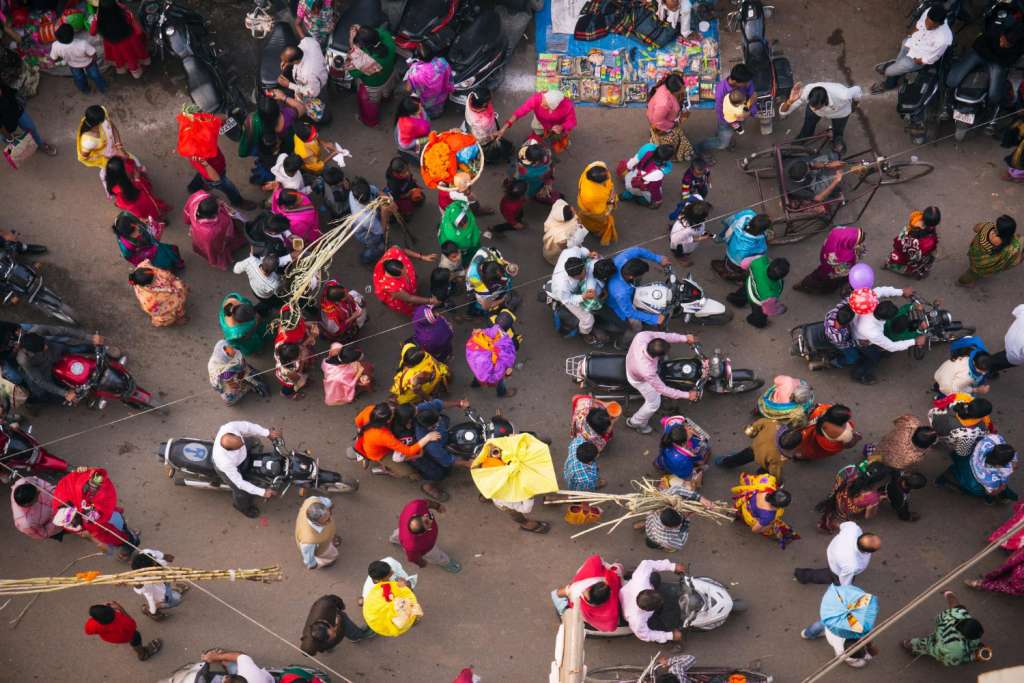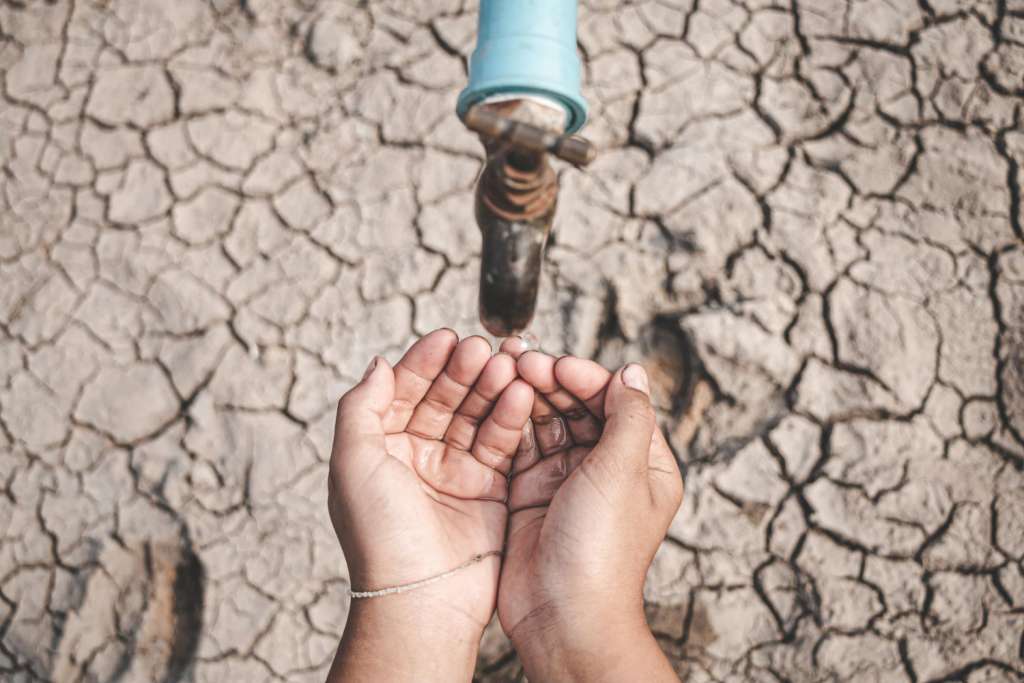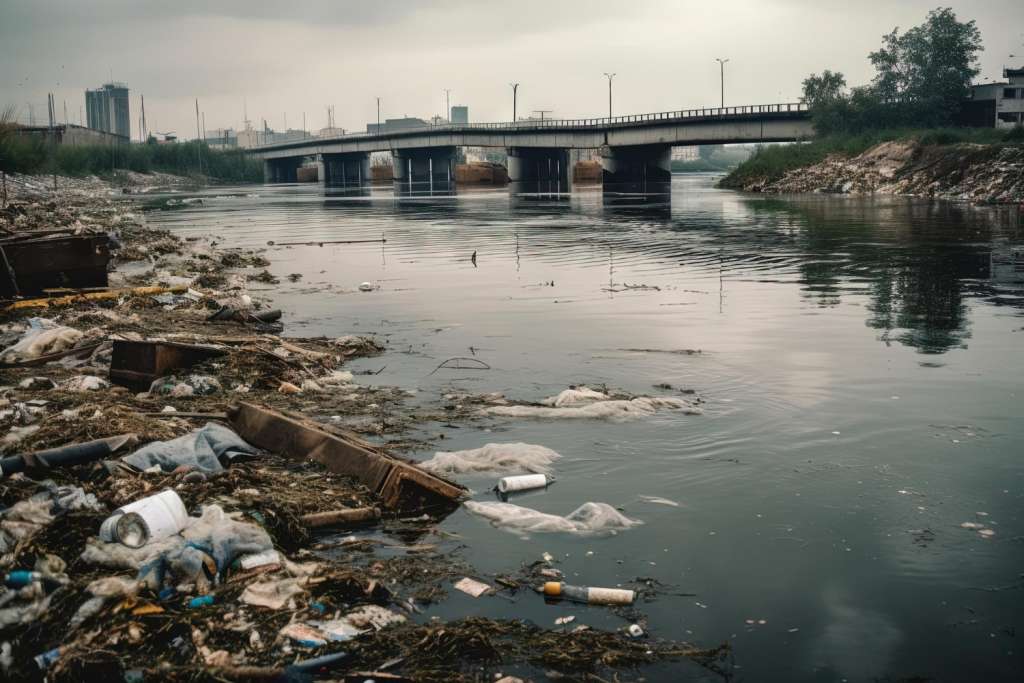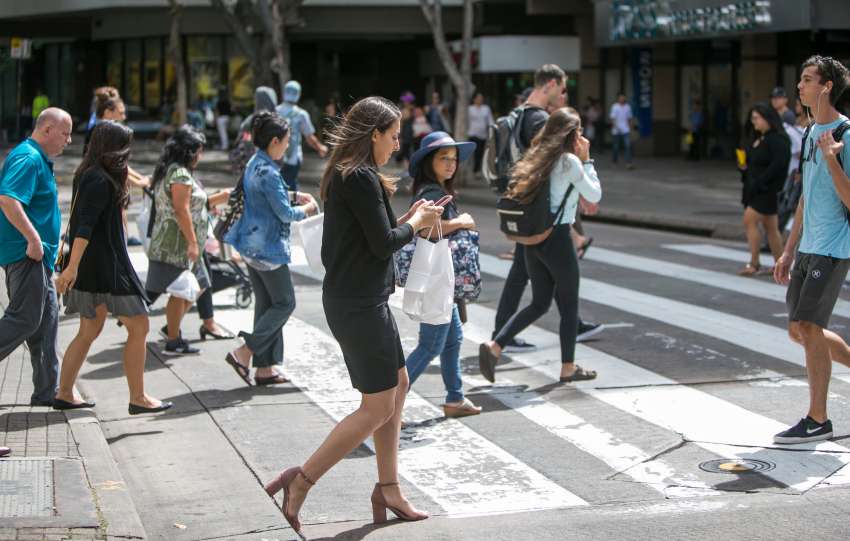India, with its rapid economic growth and burgeoning population, stands at a critical juncture where the need for robust infrastructure is paramount. Yet, the country’s infrastructure is visibly crumbling under pressure. From dilapidated roads to erratic power supplies and inadequate sanitation facilities, the challenges are manifold. This article delves into the reasons behind India’s deteriorating infrastructure and the far-reaching implications of this decline.

The State of Indian Infrastructure
India’s infrastructure woes are not confined to a single sector. Transportation, power, water, and sanitation are all in dire need of significant upgrades. The country’s roads, railways, and airports are often overcrowded and poorly maintained, leading to frequent accidents and delays. The power sector struggles with regular outages, while water supply and sanitation facilities are insufficient to meet the demands of the population.
Reasons Behind the Decline
1. Rapid Urbanization and Population Growth India’s urban population is growing at an unprecedented rate, with cities expanding rapidly to accommodate new residents. This urban sprawl has outpaced the development of infrastructure, leading to overstretched and underfunded public services. According to the United Nations, India’s urban population is expected to reach 600 million by 2031, putting immense pressure on existing infrastructure.
2. Inadequate Investment One of the primary reasons for the poor state of India’s infrastructure is the chronic underinvestment by both the government and the private sector. Despite ambitious plans and policies, the actual allocation and utilization of funds remain insufficient. The World Bank estimates that India needs to spend 7-8% of its GDP on infrastructure annually to meet its needs, but current spending falls short of this requirement.
3. Corruption and Inefficiency Corruption and bureaucratic inefficiency are pervasive issues in India’s infrastructure projects. Funds meant for development often get siphoned off due to corrupt practices, and projects are delayed or abandoned because of red tape and mismanagement. The Transparency International’s Corruption Perceptions Index consistently ranks India poorly, indicating the scale of the problem.
4. Policy and Planning Issues There is a lack of coherent and long-term planning in India’s infrastructure development. Policies are often reactive rather than proactive, leading to haphazard growth. Furthermore, the implementation of policies is frequently hampered by conflicting interests and a lack of coordination among various governmental agencies.
5. Environmental Degradation Environmental factors also play a significant role in the deterioration of infrastructure. Climate change, deforestation, and pollution exacerbate the wear and tear on infrastructure. For instance, the increasing frequency of extreme weather events like floods and heatwaves puts additional strain on already fragile systems.
6. Technological Lag India’s infrastructure is often outdated and unable to cope with modern demands. There is a significant technological gap in areas like transportation, energy, and communication. The adoption of new technologies is slow due to financial constraints, lack of skilled workforce, and resistance to change.
Case Studies
1. Mumbai’s Local Trains Mumbai’s local train network is the lifeline of the city, transporting millions of commuters daily. However, the system is notoriously overcrowded and prone to frequent breakdowns. In 2017, the collapse of a footbridge at the Elphinstone Road station resulted in a stampede that killed 23 people. This tragedy highlighted the severe inadequacies in safety and maintenance.

2. Delhi’s Water Crisis Delhi, the capital city, faces acute water shortages, especially during the summer months. The Yamuna river, one of the city’s primary water sources, is heavily polluted. Additionally, illegal borewells and mismanagement of water resources have led to a severe depletion of groundwater levels. The water crisis underscores the broader issues of mismanagement and inadequate infrastructure in urban planning.
3. Chennai’s Floods In 2015, Chennai experienced devastating floods due to heavy rainfall and poor urban planning. Encroachments on water bodies, inadequate drainage systems, and unplanned urban expansion contributed to the disaster. The floods caused extensive damage to property and infrastructure, affecting millions of residents and disrupting the city’s economy.
The Broader Implications
The crumbling infrastructure has profound implications for India’s economy and its people.
Economic Impact Poor infrastructure hampers economic growth by increasing the cost of doing business. Transportation delays, power outages, and water shortages lead to inefficiencies and reduce productivity. Foreign investors are also deterred by the lack of reliable infrastructure, affecting India’s competitiveness on the global stage.
Social Impact Inadequate infrastructure affects the quality of life of millions of Indians. Poor transportation and housing conditions, unreliable power supply, and inadequate sanitation facilities contribute to health problems and reduce life expectancy. The urban poor are disproportionately affected, exacerbating social inequalities.
Environmental Impact The degradation of infrastructure has a significant environmental impact. Poor waste management and inadequate sewage systems lead to pollution of water bodies and land. The lack of proper drainage systems contributes to urban flooding, while outdated energy infrastructure results in higher carbon emissions.

Conclusion
India’s infrastructure crisis is a multifaceted issue requiring urgent and comprehensive action. Addressing this challenge will require substantial investment, both from the public and private sectors, along with robust policy reforms and improved governance. Technological upgrades and sustainable practices are essential to build resilient infrastructure that can meet the demands of a growing population and changing climate.
Investing in infrastructure is not just about building roads and bridges; it is about creating a foundation for economic growth, social well-being, and environmental sustainability. Without significant improvements, India risks stalling its development trajectory and failing to meet the aspirations of its people. The time to act is now, to ensure a future where India’s infrastructure supports rather than hinders its progress.






